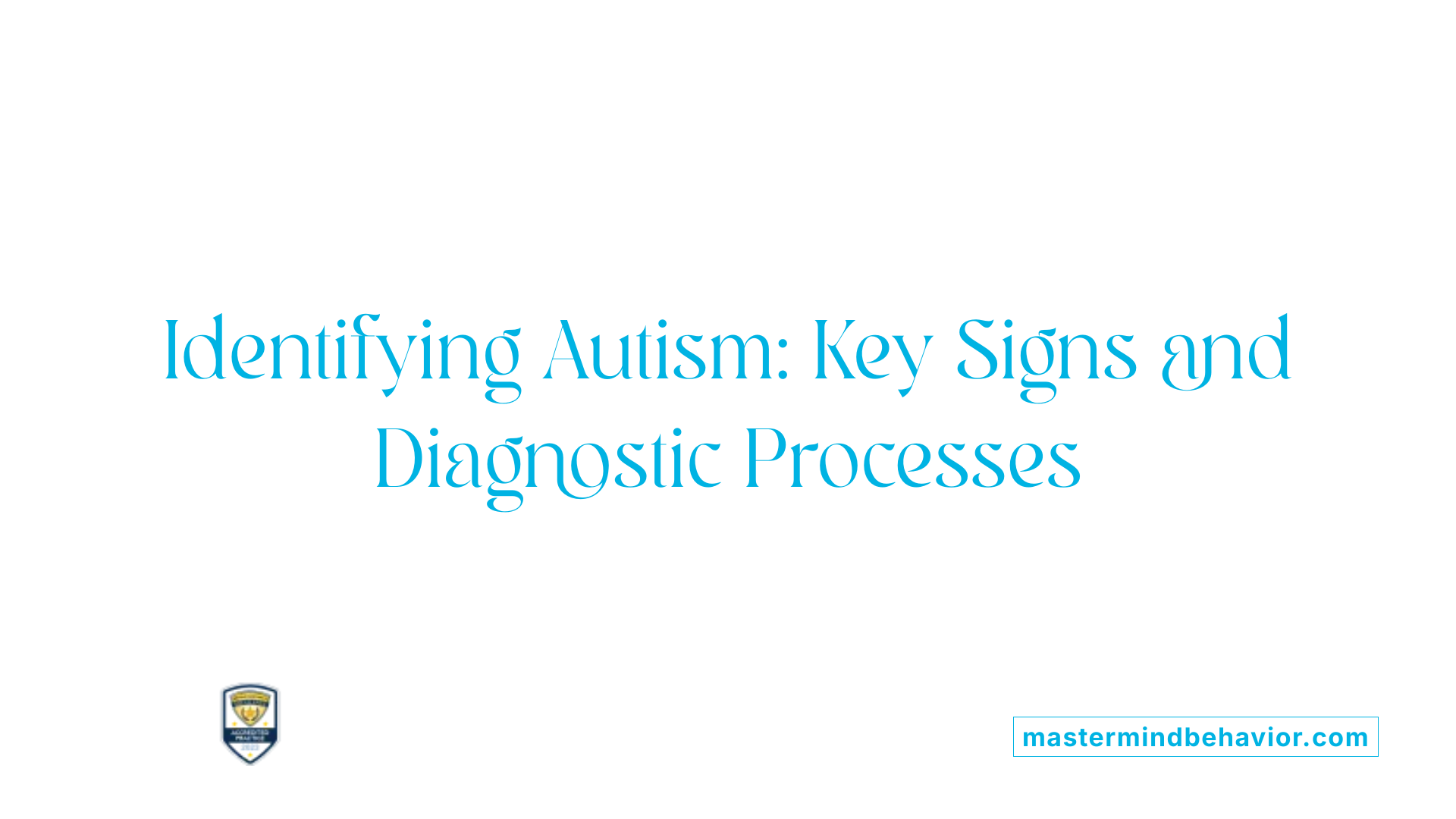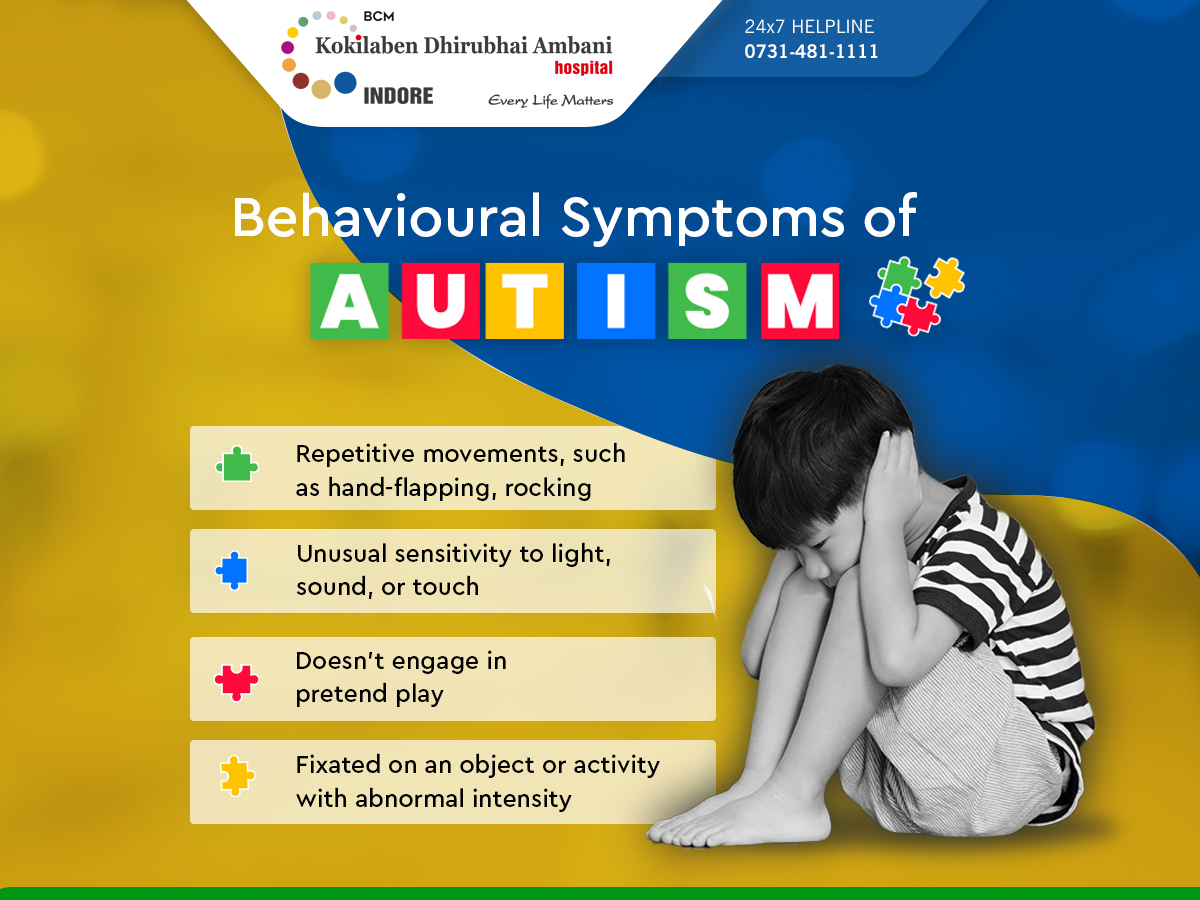Understanding the Influence of Behavioral Autism on Life and Social Communications
You could not realize exactly how deeply behavioral autism affects everyday life and social interactions. People on the range commonly navigate a globe filled up with communication hurdles and sensory overload. These obstacles can lead to stress and seclusion, impacting their partnerships and general well-being.
Specifying Behavioral Autism and Its Characteristics
Behavior autism, typically referred to as autism range disorder (ASD), incorporates a variety of conditions characterized by difficulties in social interaction, interaction, and repetitive actions. You may notice that individuals with ASD frequently have a hard time to interpret social signs, which can bring about misunderstandings in discussions. They might locate it tough to establish eye call or participate in little talk, making social scenarios feel frustrating.
Communication difficulties can materialize in different means, from postponed speech advancement to a choice for making use of less words. By recognizing these attributes, you can foster an environment that promotes acceptance and encourages effective interaction, aiding individuals with autism flourish in their everyday interactions.
The Spectrum of Autism: Comprehending Variability in Habits
Autism range condition (ASD) isn't a one-size-fits-all diagnosis; it varies widely among people. You could notice that some individuals with ASD show light symptoms, while others might encounter extra substantial difficulties. This irregularity can show up in behaviors, interests, and sensory level of sensitivities. You might run into people who are extremely verbal and engage conveniently in discussions, while others may like singular activities or communicate non-verbally.
Additionally, the method individuals with ASD react to sensory input can differ significantly; some may be overwhelmed by intense lights or loud noises, whereas others prosper in boosting environments. The range likewise consists of distinctions in social interactions; some people may battle to translate social signs, while others navigate social setups with family member ease. Understanding this variability is important, as it helps you value everyone's unique experience and tailor assistance to their certain needs, promoting a more comprehensive environment for everybody.
Interaction Difficulties Faced by People With Autism
When you interact with individuals on the autism range, you may observe their special communication obstacles. They commonly deal with troubles with both nonverbal and spoken hints, which can impact their social communications. Comprehending these obstacles is vital for cultivating better links and assistance.

Verbal Communication Problems
Lots of individuals on the autism spectrum experience verbal interaction troubles that can substantially affect their day-to-day interactions. You may locate it testing to reveal your ideas, sensations, or needs clearly. This can lead to irritation for both you and those around you, as misconceptions occur. You may battle with launching conversations, preserving a subject, or recognizing subtleties in speech. Usually, you may favor using straightforward language or repetitive expressions, which can limit your capability to engage in deeper conversations. Your tone, quantity, or speed could not straighten with social assumptions, triggering others to misunderstand your intentions. Identifying these difficulties can aid you and your assistance network establish approaches to improve interaction and cultivate better connections with others in your day-to-day live.
Nonverbal Communication Obstacles
Verbal interaction isn't the only difficulty people on the autism range face; nonverbal interaction obstacles can be just as significant. These challenges can lead to misconceptions or misconceptions of social cues, making interactions feel overwhelming or complicated. By resolving nonverbal interaction, you can find approaches to improve your social experiences and improve your total quality of life.
Social Interaction Effects
Social communications can often really feel overwhelming due to the one-of-a-kind communication challenges encountered by individuals with autism. Recognizing these obstacles can assist you find approaches to boost interaction, such as practicing social abilities in risk-free setups or utilizing visual help. Understanding your demands enables you to browse social interactions with better confidence and convenience.
Social Interaction and Partnership Structure in Autism
While structure relationships can be testing for individuals with autism, recognizing their special perspectives and interaction styles can promote significant links. You might see that numerous people on the spectrum like straight communication and might deal with social signs or little talk. By being uncomplicated in your interactions, you can aid produce an environment where they really feel comfortable.
Make the effort to pay attention and observe exactly how they express themselves. This understanding can lead you in steering conversations better. Participating in shared passions can additionally act as a bridge to deeper connections. Whether it's a leisure activity, a favorite show, or a shared enthusiasm, these usual threads can open doors to relationship.
Daily Life Routine: Navigating Challenges and Techniques
Steering day-to-day live routines can be especially testing for people with autism, particularly when unanticipated adjustments happen. You may discover convenience in having a structured routine, as it assists you anticipate what's next. It's regular to really feel overloaded or nervous when disruptions occur. To navigate these difficulties, think about executing visual schedules or checklists. These devices can give quality and confidence.
Establishing a routine that includes sensory breaks can likewise be beneficial. This assists produce an understanding atmosphere.
Last but not least, technique mindfulness methods to manage anxiety and anxiety. Basic breathing exercises or grounding strategies can make he has a good point a substantial difference. By integrating these strategies, you can improve your daily routine and decrease disruptions, making life really feel much more convenient.
Strengths and Capabilities of People on the Autism Range
Understanding daily life routines is simply one element of the autism experience. Several people on the autism range have remarkable strengths and capacities that establish them apart.
Furthermore, your memory skills usually beam, particularly in areas of passion. Aba Therapist Near Me. This knack for retaining information can make you an important resource in fields like science, innovation, or art. You may also exhibit solid aesthetic thinking, allowing you to picture intricate ideas and resolve problems artistically
In addition, your one-of-a-kind point of view on the globe can promote empathy and understanding in others, enhancing social communications. Accepting these strengths not just improves your confidence but additionally assists others value the diverse abilities you give the table.
Creating Comprehensive Atmospheres for Individuals With Autism
Developing inclusive settings for individuals with autism starts with making sensory-friendly areas that deal with their one-of-a-kind requirements. You can additionally recommended you read promote opportunities for social communication, assisting to construct friendships and links. By making these modifications, you'll add to a more welcoming atmosphere for everybody.
Creating Sensory-Friendly Spaces
While making sensory-friendly spaces, it's vital to show on the special requirements of individuals with autism. Integrate peaceful zones where individuals can recharge and pull away when bewildered. Consist of aesthetic routines or clear signage to help individuals navigate the room with confidence.
Advertising Social Interaction Opportunities
Creating sensory-friendly spaces not just addresses individual convenience but likewise establishes the stage for purposeful social interactions amongst people with autism. Motivate peer mentoring, coupling people with autism with helpful peers who can guide them via social circumstances. By carrying out these strategies, you can improve social possibilities, helping people with autism construct friendships and enhance their social skills in a risk-free, inviting environment.

Frequently Asked Inquiries
Just How Can Friends Support A Person With Behavioral Autism?
You can sustain a buddy with behavioral autism by being client, listening actively, and appreciating their borders. Take part in tasks they delight in, interact freely, and develop a comfy environment where they feel valued and comprehended.
What Resources Are Readily Available for Moms And Dads of Kid With Autism?
You can explore numerous sources for parents of children with autism, consisting of assistance groups, instructional internet sites, and neighborhood neighborhood services. Getting in touch with other parents can additionally supply useful insights and shared experiences to aid navigate challenges.
Can Behavioral Autism Adjustment Gradually?

Yes, behavior autism can change with time. You may notice changes in communication, social skills, and actions as your kid expands. Early intervention and assistance typically play vital functions in these developing modifications.
Just How Do Sensory Sensitivities Influence Day-to-day Live?
Sensory sensitivities can make day-to-day experiences overwhelming. You could have a hard time with intense lights or loud noises, leading to stress and anxiety or avoidance. Discovering settings that accommodate your needs can substantially boost your comfort and general every day life.
What Are Usual Misconceptions About Behavioral Autism?
You may believe behavior autism just influences communication skills, but it's more complicated. Several think people lack empathy or intelligence, which isn't true. Comprehending these mistaken beliefs helps foster acceptance and support for those on the range.
Behavioral autism, commonly referred to as autism range problem (ASD), incorporates a range of conditions defined by obstacles in social communication, This Site interaction, and repetitive habits.Social interactions can frequently really feel overwhelming due to the distinct communication difficulties dealt with by individuals with autism.Creating sensory-friendly spaces not only addresses private comfort but also sets the phase for purposeful social communications amongst people with autism. Motivate peer mentoring, matching individuals with autism with helpful peers that can guide them through social circumstances. By implementing these techniques, you can boost social opportunities, helping individuals with autism build relationships and enhance their social abilities in a safe, welcoming environment.